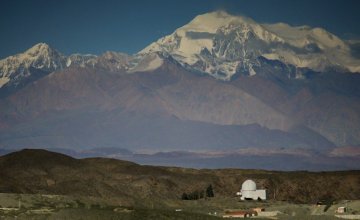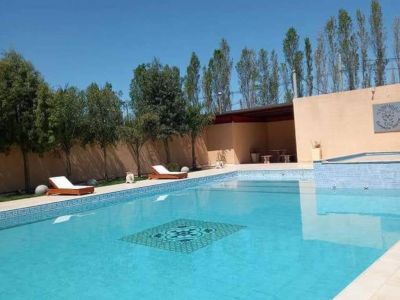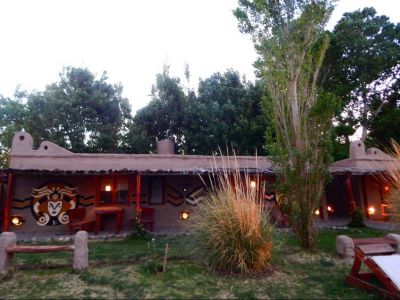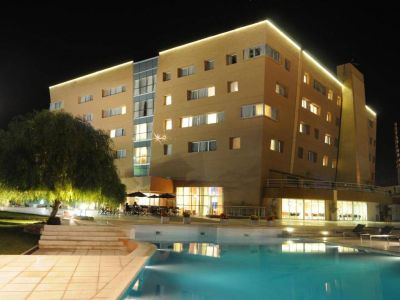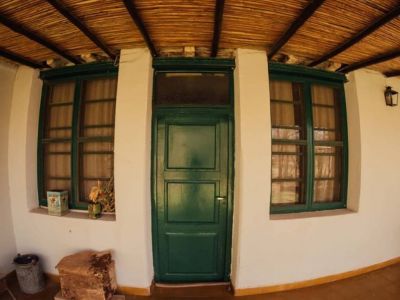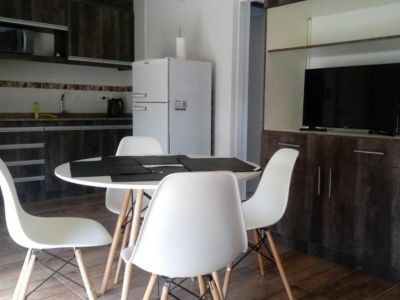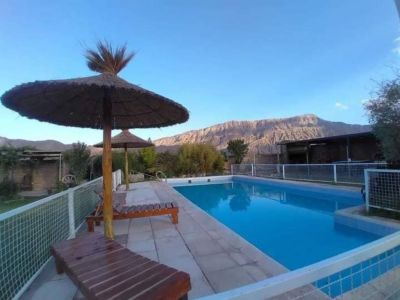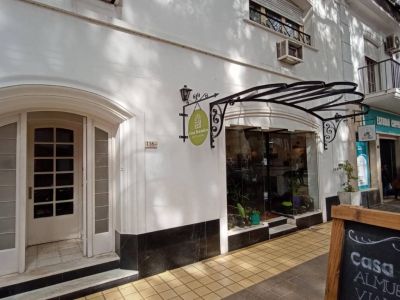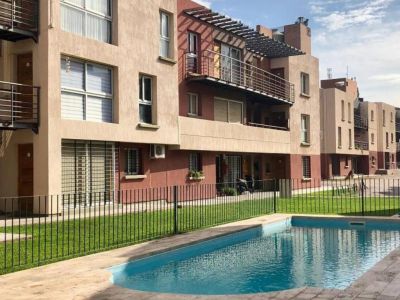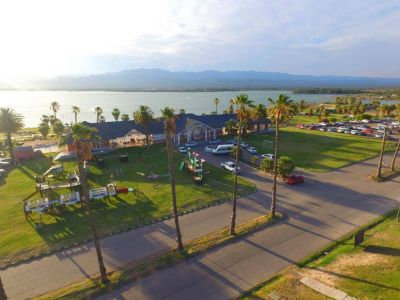Huaco Slope
We visited various settlements and landscapes in San Juan: an excellent proposal to discover the history and the people of this Argentinian province.
San Juan is one of the provinces that has many beautiful landscapes to appreciate: the roads leading to the Andes Mountain Range, the never-ending desert preceding the capital, the many man-made lakes, the fertile valleys surrounded by rivers or long slopes, ravines and pampas that characterize the region are sites for contemplation, adventure travel, religious tourism and fishing while seeing the history of this important Cuyo destination. Once leaving the capital and touring on the outskirts of the city, all the senses awaken. In this opportunity, we left the city by taking Route 40. Our final destination was a small native land called Huaco where time and history seemed to have given visitors a chance to spy on life in colonial San Juan with its adobe houses and uneven vegetation comprised of autochthonous algarrobos, casuarinas and eucalyptus trees.
The journey itself was an adventure. As we headed forward along the road, different landscapes and settlements showed up and it was worthwhile making a stop. After touring for a few kilometers, we took Provincial Route 436 at Talacasto towards Alto del Colorado. The paved road in excellent condition led us through the region without any problem. The Andean music in the car was the ideal prelude to our arrival at the pre-Andean highlands. By then, we had left Villucum and Las Crucecitas behind. Soon, a never-ending white plain showed up on the road. It was Barreal Blanco, a solidified lake of an antique basin whose characteristics turned it into an outstanding arena for land sailing. The constant winds blowing in the area and the important presence of the Mount El Mercedario 6,770 meters above sea level make it an ideal place for the development of this unconventional sport. We toured around the barreal and started to draw various shapes with the tracks printed by the car. Then, we began to play with our shadows in such immensity tinted of white. The ride went on and, after leaving that natural phenomena, we headed towards the towns of Iglesia and Las Flores and then we merged into International Route 150, which led us to Lake Cuesta del Viento. This new route is the one that joins the Province of San Juan with Chile. This route leads to the Agua Negra International Pass and from there onto the Cities of Vicuña, La Serena and Coquimbo on the Chilean side. To one side of the road, a detour can be seen leading to the Pismanta Thermal Springs. This thermal center invites tourists to have a unique and refreshing experience in its waters about 2,000 meters above sea level with temperatures ranging from 38 to 45ºC. It is an excellent option for lovers of health tourism. Soon, we entered a new place called Rodeo, from which we started to see Cuesta del Viento (Wind Slope) next to its man-made body of water. This dam, located on the Jachal River, is an important hydroelectric and tourist construction for the region. The dam became the chosen destination for water sports lovers visiting San Juan. There is an International Windsurfing Championship on these cold waters every year in February. Specialists in the field consider it one of the best sites in the world for the practice of this sport. Pulling over and watching the beautiful landscape around the man-made lake is a must. The journey continued towards the canyon of the Jachal River, which goes through a winding geologic road. Over the natural walls there are Paleozoic foldings from 60 million years ago when the mountain range was formed. The Jachal River is an ideal tributary for the practice of river rafting. The landscape around it is mind blowing. We rode along Cuesta de Huaco and its ravine, where the mountains get different colors and hues due to the stone formation in each one of them. A palette of colors woke up our senses. Contemplating those rocky formations was one of the most delightful moments in the tour. Along the road, we found a new dam opposite Los Cauquenes Dam. This lake controls the volume of the Huaco River, which serves to water the oasis bearing the same name to the East. This is a good place for camping. From the road, now made of gravel, we could appreciate the panoramic views in different vantage points along the way. The road went up the hill. We went through a tunnel under Sierra Negra (Black Mountain Range) and after some kilometers we started to go down towards the farming area of Huaco. The hero Chacho Peñaloza walked around these lands. Hueco produces mainly onion and garlic. When walking around its quiet streets, we see that the inhabitants have no rush and that time seems to have stopped in an old rusted sign. "Huaco" is an Araucano name and it means: “hua”, corn and “co”, water. Among its attractions, the town has a windmill made of black algarrobo parts carved by hand which takes us back to the time of wheat producers carrying their crops on donkeys backs to be ground. The famous poet Eusebio del Jesús Dojorti Rocco is from San Juan. He is better known as Buenaventura Luna and he was in charge of making this beautiful place of the Cuyo corner known through his folk songs. We decided to stop in this settlement that looks like a big family where everyone knows one another. We talked with the settlers and we learned more about the place and its surrounding areas. The place has a hostel rendering all services expected. It is called Eco-Hostel, there were guitar songs played at night. The songs by Buenaventura Luna are remembered while drinking tasty wine from San Juan. We suggest visiting this tourist circuit; its landscapes, its history and the kindness of its people make it truly worthwhile. “I sing for you, little valley, to remember your green alfalfa, my blooming vegetable garden, the gold of your wheat and the shiny far away star.”
Marcelo Sola
Gentileza Portaldebarreal.com.ar












